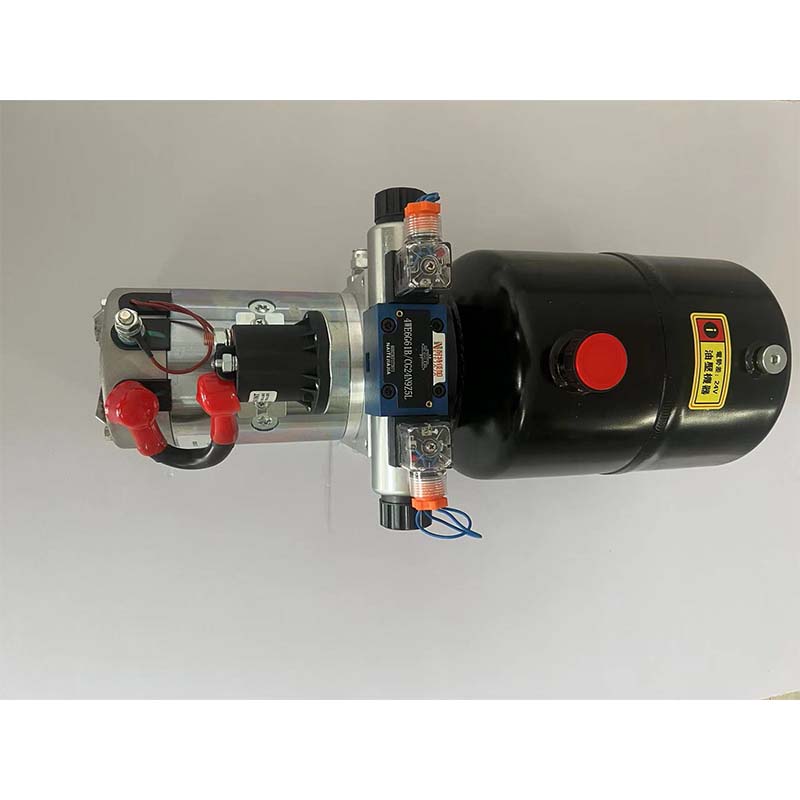Oct . 16, 2024 09:00 Back to list
hydraulic cylinder seal product
Understanding Hydraulic Cylinder Seal Products Key Components for Mechanical Efficiency
Hydraulic systems are the backbone of many industrial applications, providing efficient and powerful solutions for various types of machinery. Among the critical components of these systems are hydraulic cylinder seals. These seals play an essential role in maintaining the integrity, efficiency, and longevity of hydraulic machinery. Understanding hydraulic cylinder seal products is fundamental for anyone involved in the design, maintenance, or operation of hydraulic systems.
What Are Hydraulic Cylinder Seals?
Hydraulic cylinder seals are specialized components designed to prevent fluid leakage between the moving parts of hydraulic cylinders. They serve multiple purposes, including sealing the hydraulic fluid within the cylinder, protecting internal components from contamination, and ensuring the effective functioning of the hydraulic system. By maintaining pressure within the cylinder, they allow hydraulic systems to perform tasks ranging from lifting heavy loads to operating intricate machinery.
Types of Hydraulic Cylinder Seals
There are several types of hydraulic cylinder seals, each tailored for specific applications and environments. The most common types include
1. Static Seals Used where there is no relative motion between the sealing surfaces. They are typically found at the ends of cylinders, sealing against the body of the cylinder itself.
2. Dynamic Seals Designed for moving applications, dynamic seals can handle the constant motion of hydraulic pistons, providing a reliable barrier against fluid leakage.
3. Rod Seals These seals are specifically engineered for the rod of the hydraulic cylinder, preventing fluid from leaking out as the rod moves in and out of the cylinder.
4. Piston Seals These seals are installed on the piston within the cylinder, ensuring that the hydraulic fluid is effectively contained to generate the necessary force.
hydraulic cylinder seal product

Materials Used in Hydraulic Seals
The materials used in hydraulic cylinder seals are crucial to their performance. Common materials include
- Nitrile Rubber (NBR) Known for its excellent resistance to oil and low temperature, NBR is widely used in hydraulic applications.
- Polyurethane (PU) This material provides excellent wear resistance and has a high load-bearing capacity, making it ideal for demanding applications.
- Fluorocarbon (FKM) With superior temperature and chemical resistance, FKM is suitable for high-performance hydraulic systems exposed to aggressive fluids.
- PTFE (Teflon) Known for its low friction properties, PTFE seals are used in environments where low drag is essential.
Importance of Proper Selection
Selecting the appropriate hydraulic cylinder seal is crucial for optimal performance. Factors such as operating pressure, temperature, and the type of fluid used must be considered to ensure the longevity and reliability of the hydraulic system. Additionally, environmental factors, including exposure to contaminants, can influence seal choice.
Conclusion
In summary, hydraulic cylinder seals are indispensable components that significantly impact the functionality and efficiency of hydraulic systems. Understanding the different types of seals, their materials, and their specific applications can aid in the selection process, ensuring optimal operation and extended service life. As industries continue to evolve and push the limits of hydraulic technology, the importance of high-quality hydraulic cylinder seal products cannot be overstated. By investing in reliable sealing solutions, businesses can enhance their machinery's performance and reliability, ultimately leading to increased productivity and success in their operations.
-
Fork Lift Power Units - Hebei Shenghan | Efficiency, Reliability
NewsJul.13,2025
-
1.5-Ton Turbocharged Cylinder-Hebei Shenghan|Hydraulic Solution,Energy Efficiency
NewsJul.13,2025
-
Auto Hoist Power Units-Hebei Shenghan|Efficiency&Industrial Lifting
NewsJul.13,2025
-
Double Acting Power Units-Hebei Shenghan|Hydraulic Solutions,Industrial Efficiency
NewsJul.13,2025
-
1.5 Ton Lifting Cylinder 70/82-40-290-535 - High-Performance Hydraulic Solution | Hebei Shenghan
NewsJul.13,2025
-
Fork Lift Power Units - Hebei Shenghan | Efficiency&Reliability
NewsJul.13,2025
